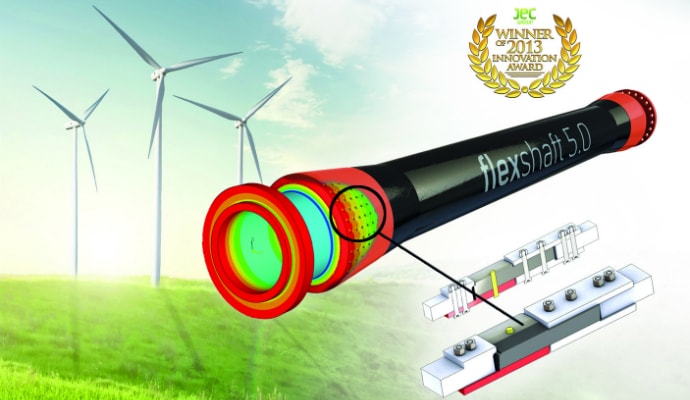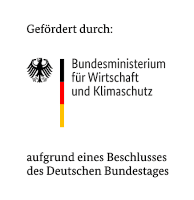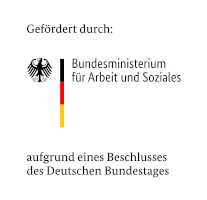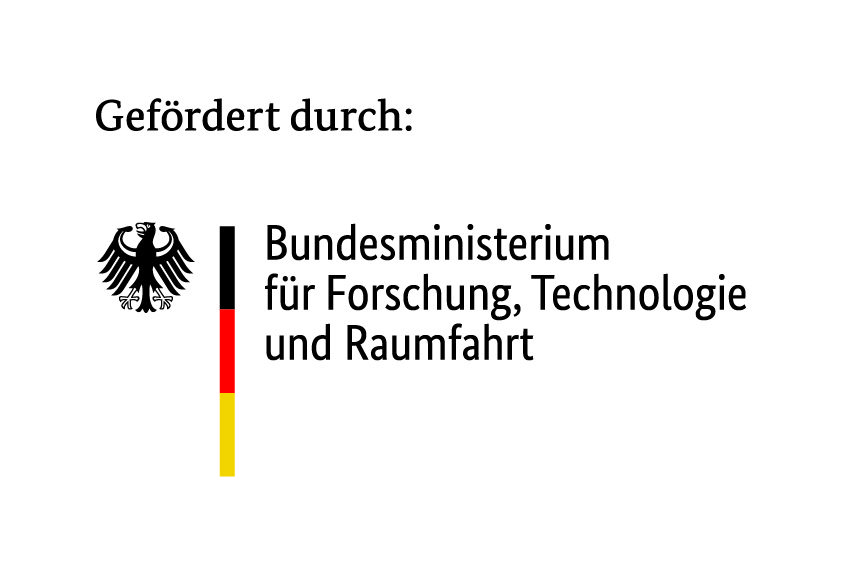Fibre composites in wind turbines

As early as 1957, under the leadership of wind energy pioneer Professor Ulrich Hütter, the first rotor blades made of glass fibre reinforced plastic (GRP) with a length of 17 metres were used. GRP material was also used for the GROWIAN (large wind turbine), once the largest wind converter in the world. In the early 1970s, series production of GRP rotor blades on smaller turbines developed, starting in Denmark. In the initial phase, the output was approx. 10 kilowatts. Today we reach sizes of 8 to 10 megawatts. With the large rotor dimensions achieved in this process, the GRP in the rotor blades is now increasingly being replaced by the lighter and stiffer CFRP (carbon fibre reinforced plastic). The use of fibre-reinforced plastic composites (FRP) or composites in wind energy is conceivable not only in the rotor blades but also in other components of the overall system, e.g. in the tower or generator shafts (e.g. in the “FlexShaft”). Rotor blades made of GFRP and CFRP materials are becoming increasingly widespread worldwide.
Success factors and opportunities
According to the European Wind Energy Association, 12,800 MW of wind power capacity was installed in 2015 alone. This corresponds to a growth rate of 6.3 %. Rotor blades are currently up to 85 m long and turbines are up to 200 m high. The basis for the further development of innovative materials in wind turbines is to further increase the acceptance of renewable energies in politics and society. In addition, there is still a range of potential for optimisation in technology and materials themselves, for example in further developed materials (fibres and matrices, sandwich cores), in service life, quality, bird and lightning resistance, corrosion (especially in the offshore segment), erosion or recycling. Transport characteristics, assembly and maintenance must be improved and remote monitoring must be further optimised. Advanced composite materials can help with some of these challenges.
Future of composites in wind energy
The main challenge is to build large rotor blades (70 to 90 m) and to increase the performance and aerodynamic efficiency of the blades while reducing costs. Bearingless rotors must be developed, CFRP manufacturing processes must be optimized, blade production must be automated and integrated health monitoring must be operated. Innovations and pilot projects are on the one hand large plants (off-shore and for low-wind areas), the use of wind power for hydrogen production and the production of methane gas by reaction with CO2 and water. Great potential lies in the further development of so-called “smart blades”, intelligent rotor blades that can adapt to the wind.
Trend: Use of CFRP
Stefan Steinacker, Cluster Managing Director CU BW and contact person in Composites United e.V. for the working group “Fiber Composites in Wind Energy” summarizes a scenario: “In the future, there will also be an increased use of CFRP in our sector. Carbon fiber-reinforced plastics make it possible to produce ever larger and optimized rotor blades for wind turbines. Automated manufacturing processes are being further developed to reduce costs and improve quality. Performance, aerodynamics and aeroacoustics are also being improved. And there will also be large, split blades so that transport and assembly challenges can be better solved. It is also conceivable that the towers will be designed in carbon concrete”. Franz Weißgerber from Carbon-Werke Weißgerber adds: “A large part of the CFRP used worldwide today is used in rotor blades. There is a lot of music in the recycling of rotor blades. Every step we take here will also help to increase acceptance of the technology”.


















